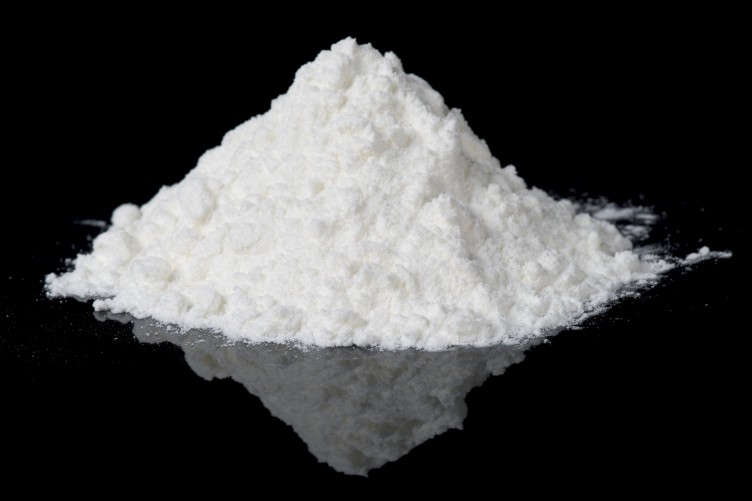Properties and uses
Calcium carbonate is a standout amongst the most prevalent chemicals. Despite the fact that they are accessible in different structures they are chemically similar and just vary physically. They are also called calcite.
Calcium carbonate is a chemical compound with the equation CaCO3.
Calcium carbonate is a white insoluble powder-like substance which is found in minerals, chalk, marble, limestone, calcite, shells, pearl, and so forth. Medicinally, it is utilized as a stomach settling agent or as a calcium supplement, pharmaceutical filler in tablets, and hemodialysis treatment. It is additionally utilized as fillers in cosmetics. It is added to swimming pools as a disinfectant agent and as pH corrector.
Calcium carbonate finds broad utilization in the manufacturing industry as a building material
On the huge scale, it is obtained by passing carbon dioxide gas through calcium hydroxide. In any case, if carbon dioxide is passed in overabundance, it frames the soluble calcium hydrogen-carbonate.
At 1200K, calcium carbonate decomposes to give carbon dioxide and calcium oxide. On reacting with dilute acids, calcium carbonate gives carbon dioxide.
CaCO3 is gotten by utilizing carbon dioxide and slaked lime as raw materials. At the point when carbon dioxide is gone through slaked lime, calcite is acquired. Another strategy to get calcite is by adding sodium carbonate to calcium chloride.

Calcium carbonate is a fleecy powder.
Calcium carbonate has low solubility in water.
Calcium carbonate decomposes to give carbon dioxide when warmed up to 1200K.
When Calcium carbonate reacts with a dilute acid, it frees carbon dioxide as a side-effect.
Calcium carbonate assumes an essential part in construction; cements, and sealants
Calcium carbonate is utilized as a part of various medicinal drugs
Calcium carbonate is utilized as calcium supplements.
Calcium carbonate is utilized in paints, paper, plastics, and so forth.
Calcium carbonate has a density of 2.71 g/mL and melting point of 1,339 °C, as its calcite form.
The primary uses of calcium carbonate are in building materials, earthenware tiles, iron ore purification, paints. It is additionally utilized in toothpastes. Calcium carbonate isn't dangerous and is safe for utilization. But excess calcium in the body can prompt hypercalcemia or milk-alkali syndrome, which incorporates side effects like stomach pain and heaving, and can be lethal in some cases.
For related products please visit:
Comments
Post a Comment